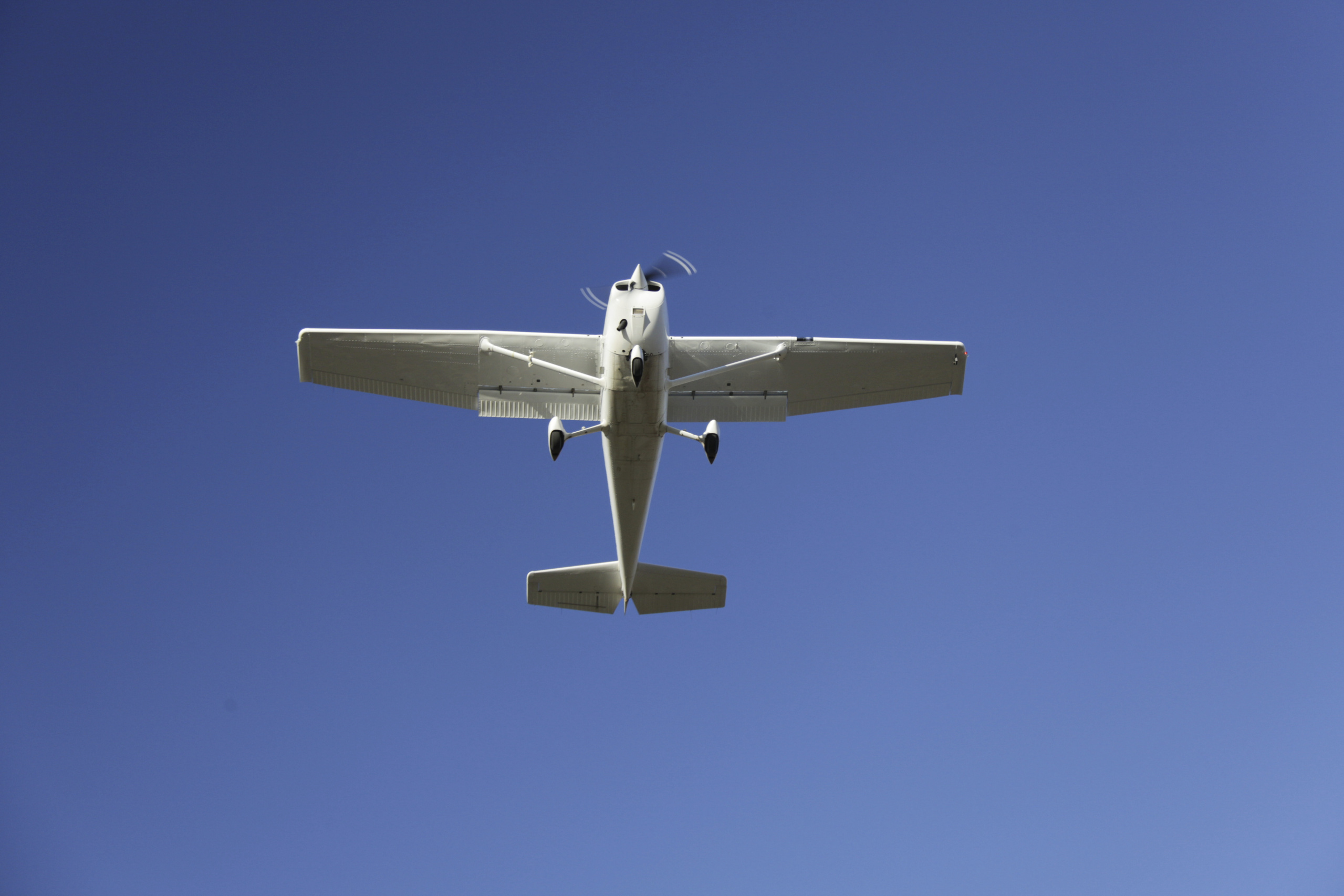CASA has set new minimum standards for pilots operating community service flights. The standards also identify the kinds of aircraft that can be used, and set out appropriate maintenance and operating requirements.
Community service flights (CSF) provide transport for patients and their families or carers for non-emergency medical treatment. The flights are flown by volunteer pilots free of charge and coordinated by charitable or community services organisations.
The safety standards have been put in place following consultation with community service flight organisations, pilots, the broader aviation community and the general public. They take effect on 19 March 2019.
Under the new standards, to fly a community service flight you must have:
- for a multi-engine aeroplane, at least 25 hours of flight time as pilot in command of a multi-engine aeroplane
- for Private Pilot Licence (PPL), at least 400 hours of flight time and at least 250 hours of flight time as pilot in command (commercial/air transport licence holders are exempt from this)
- a class 1 or 2 medical certificate
- for VFR pilots, at least 10 hours of flight time in an aeroplane of the same type as being used for the flight
- for IFR, at least 20 hours of flight time in an aeroplane of the same type as being used for the flight
- landed the same class-rated or type-rated aeroplane within the previous 30 days
- a current maintenance release with a periodic inspection conducted every 100 hours or 12 months (whichever is earlier).
You must not:
- carry more than five passengers, including the patient
- operate a community service flight under visual flight rules (VFR) at night.
You must also:
- submit a flight notification including identifying the flight as a CSF
- specifically note in your personal logbook when a flight is a CSF.
Factory-built light sport aircraft can be used for community service flights. You cannot, however, fly a community service flight in:
- a helicopter
- an amateur-built aircraft accepted under an Amateur Built Aircraft Acceptance
- a limited category aircraft
- an aircraft with an experimental certificate
- an unregistered aeroplane.
CASA’s initial proposal contained standards for aircraft and engine maintenance. After public consultation, CASA decided to remove specific engine maintenance requirements. Also, as a result of feedback, CASA also reduced the multi-engine experience requirement from 100 hours to 25 hours.
CASA Chief Executive Officer and Director of Aviation Safety, Shane Carmody, said the new safety standards had taken into account the special nature of community service flights.
‘Most community service flights are conducted by a single pilot in a small aircraft, flying long distances from regional and remote towns to the cities, carrying people with serious medical conditions,’ Mr Carmody said. ‘This puts a lot of responsibility and sometimes considerable pressure on the pilot. Many of these pilots hold only a private pilot licence.’
‘It is only fair to the patients and carers using community service flights to ensure there are appropriate safety standards that go beyond those required for everyday private flying.’
‘We do not believe these standards will have an adverse impact on the majority of operations of community service flights as most of these pilots already tend to be more experienced. However, after two fatal accidents in recent years involving community service flights where six people died, it was time to set out minimum required safety standards.
Figures provided by community service flight coordinating organisation Angel Flight to the Australian Transport Safety Bureau (ATSB) appear to support what Carmody says.
Angel Flight told the ATSB:
- average pilot-in-command (PIC) hours were about 2400
- 64 per cent of pilots held an instrument rating
- 16 per cent held a night VFR rating
- 61 per cent of pilots held a private pilot licence with the remainder holding at least a commercial pilot licence.



Comments are closed.